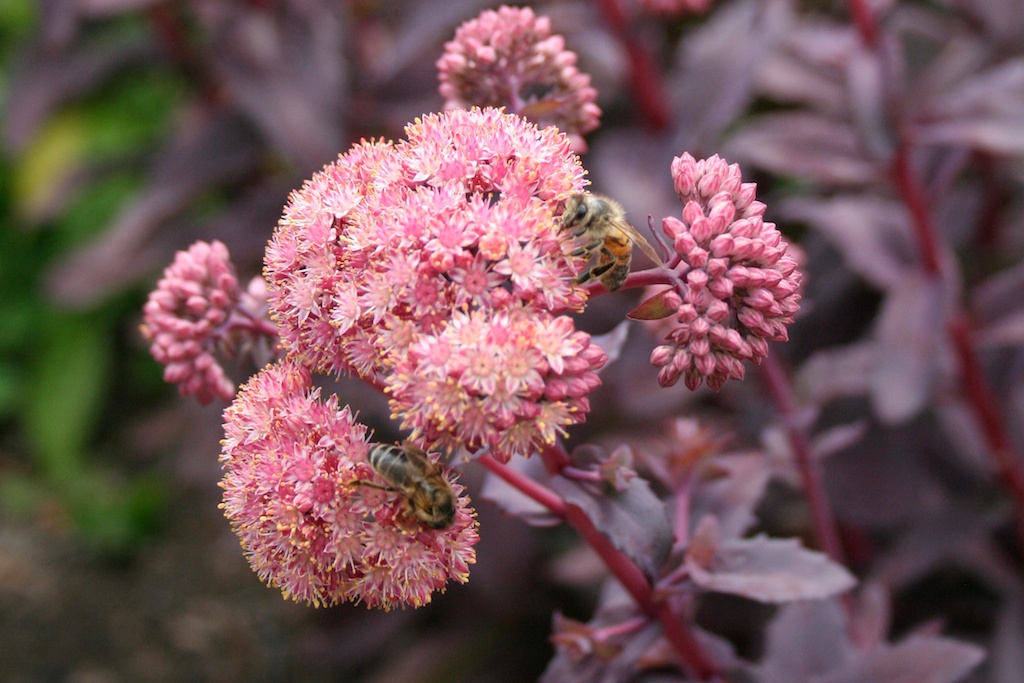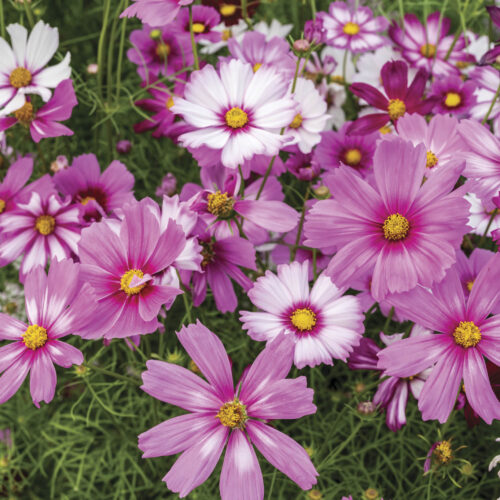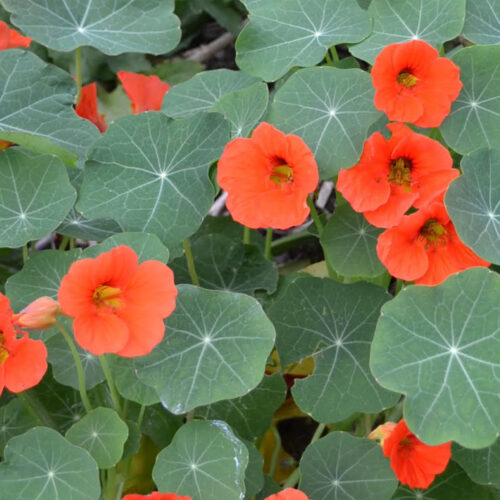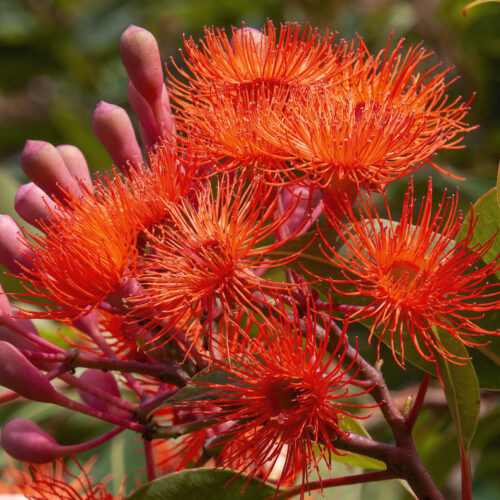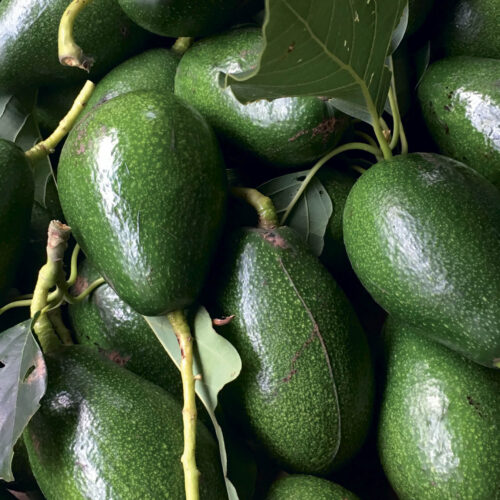Succulent sedums
2015-02-22T04:57:08+11:00
Sometimes we forget about the tough, hard working plants in our gardens, says PENNY WOODWARD
These delightful succulents love hot dry positions so they thrive in the difficult dry conditions of late summer in temperate regions. But they will also tolerate heavy rain as long as the soil is well drained so can do well from (some parts of) the sub-tropics, through arid and semi-arid regions, to cold temperate areas.
Flowers appear in summer on long stalks that grow from a clump of toothed bluish, grey or burgundy leaves. The flowers are large, cauliflower shaped and change from soft pinks and purples when in bud, to deep pinks and burgundy in full flower and then fade to a deep mahogany, brown or terracotta in autumn. New plants are easily grown from cuttings or by dividing clumps in spring. Their other vital statistics are that they flower from January to April, need full sun, should be planted about 60cm apart and get to 80cm high when in flower. Dig up and divide clumps and replant every thee years or so and cut back the dead flower heads in autumn. Otherwise they look after themselves.
I tend to forget about these plants in spring and early summer when so much else is in flower but in late summer and autumn they come into their own. I have six or more different cultivars but I think my favourite is ‘Red Emperor’ with its beautiful burgundy leaves and superb dusky pink flowers. I love sedums not only for thier toughness, and stunning flowers but because bees and other insects adore them. Also the autumn flower heads look fabulous in flower arrangements and, because it is a succulent, it is a great groundcover in fire-prone areas.

